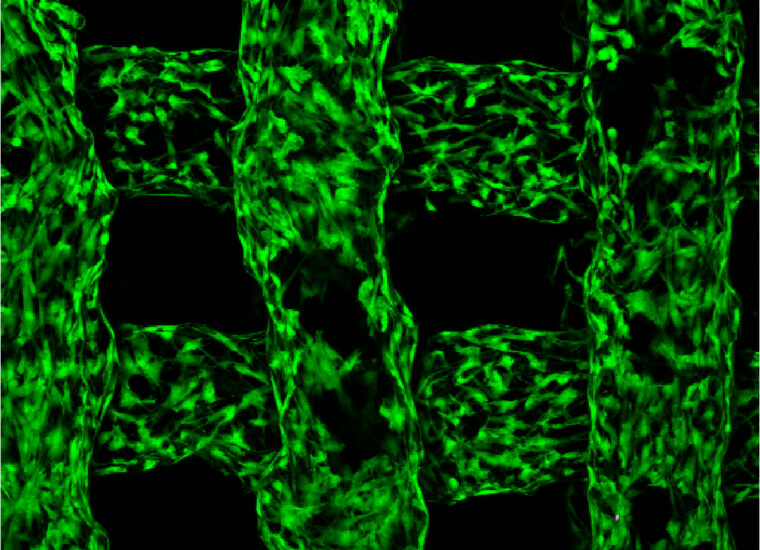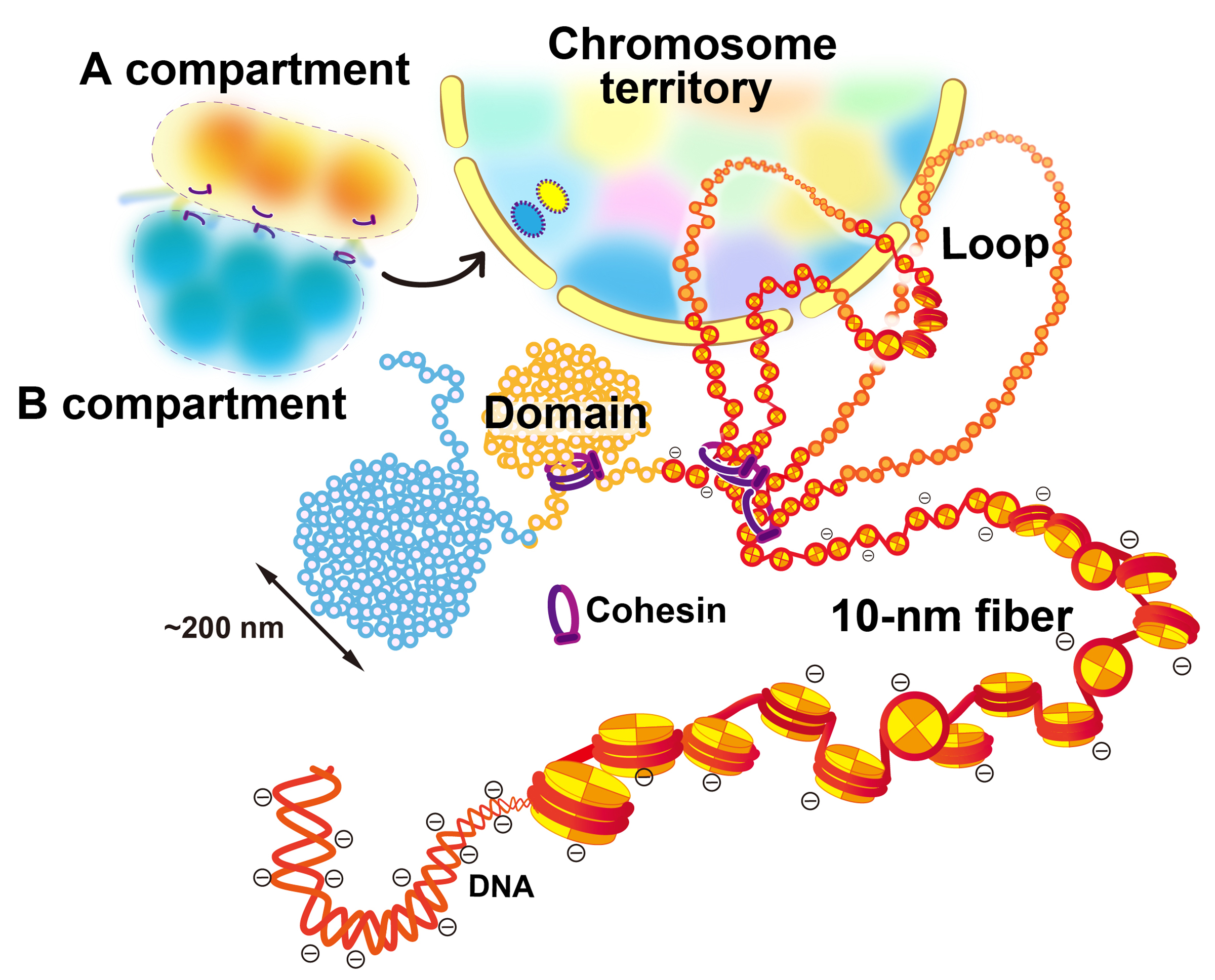2025-02-19 ワシントン大学セントルイス校

Alexandra Rutz and Somtochukwu Okafor have developed a technique to 3D print bioelectronic scaffolds that could help grow new tissue, which could be used for drug development, environmental toxicity and other purposes. (Image: Somtochukwu Okafor)
<関連情報>
- https://source.washu.edu/2025/02/for-success-in-bioelectronics-build-with-nature-inspired-design/
- https://engineering.washu.edu/news/2025/For-success-in-bioelectronics-build-with-nature-inspired-design.html
- https://advanced.onlinelibrary.wiley.com/doi/10.1002/admt.202401528
部組織のような剛性を持つ3Dプリントバイオエレクトロニック足場 3D Printed Bioelectronic Scaffolds with Soft Tissue-Like Stiffness
Somtochukwu S. Okafor, Jae Park, Tianran Liu, Anna P. Goestenkors, Riley M. Alvarez, Barbara A. Semar, Justin S. Yu, Cayleigh P. O’Hare, Sandra K. Montgomery, Lianna C. Friedman, Alexandra L. Rutz
Advanced Materials Technologies Published: 04 February 2025
DOI:https://doi.org/10.1002/admt.202401528
Abstract
3D printing is a leading technique for fabricating tissue engineering scaffolds that facilitate native cellular behavior. Engineering scaffolds to possess functional properties like electronic conductivity is the first step toward integrating new technological capabilities like stimulating or monitoring cellular activity beyond the traditionally presented biophysical and biochemical cues. However, these bioelectronic scaffolds have been largely underdeveloped since the majority of electrically conducting materials possess high stiffness values outside the physiological range and that may negatively impact desired cell behavior. Here, methods of 3D printing poly(3,4-ethylenedioxythiophene):poly(styrene sulfonate) (PEDOT:PSS) hydrogel scaffolds and techniques to achieve stiffness relevant to many soft tissues (<100 kPa) are reported. Structures are confirmed as ideal tissue scaffolds by maintaining biostability, promoting high cell viability, as well as appropriate cell morphology and proliferation. These findings present a customizable 3D platform that provides favorable soft cellular microenvironments and this is envisioned to be adaptable to several bioelectronic applications.


